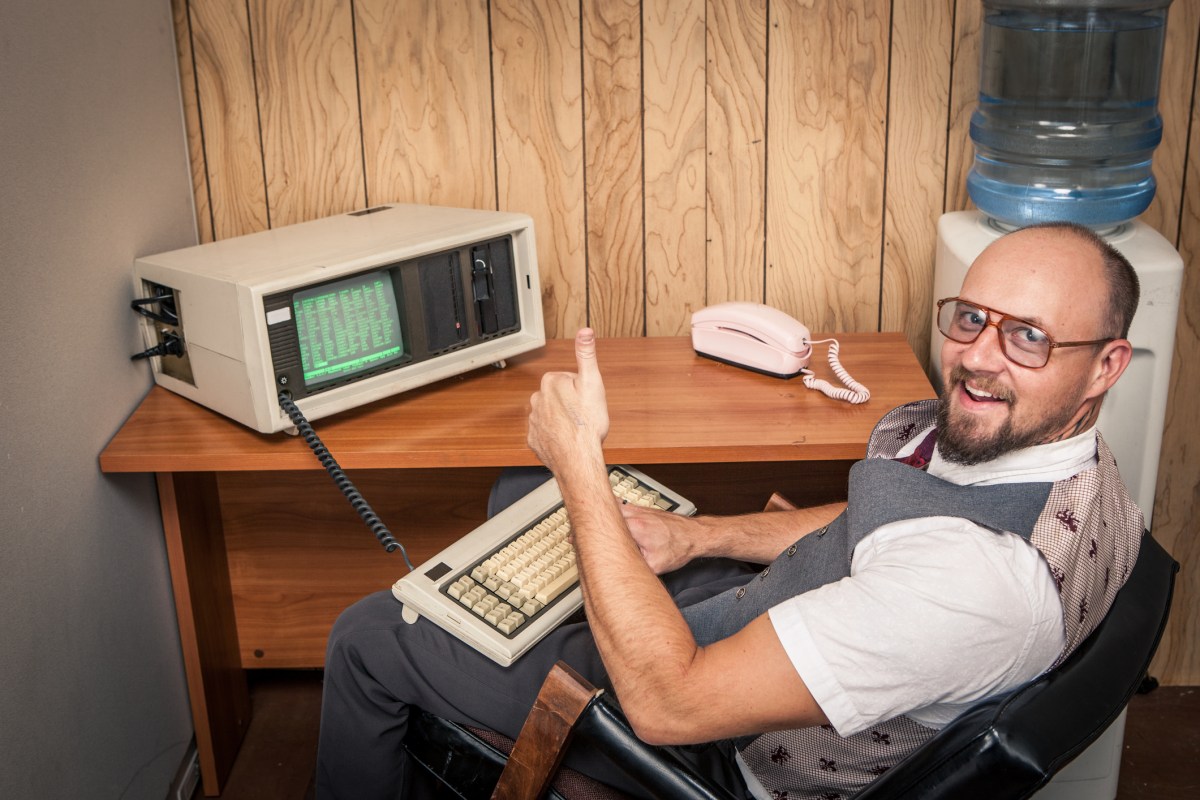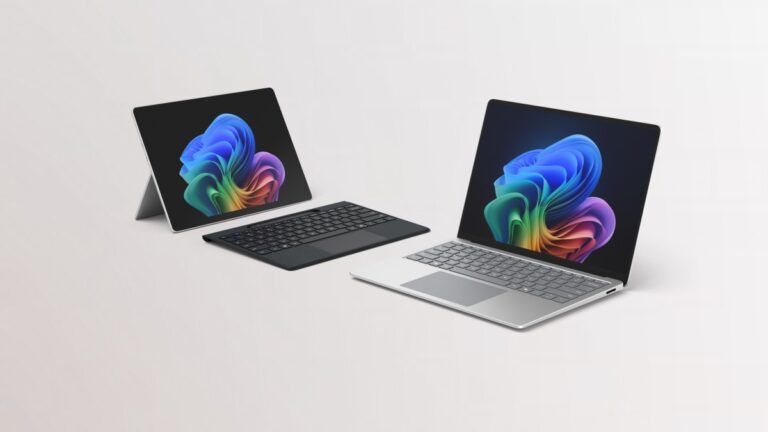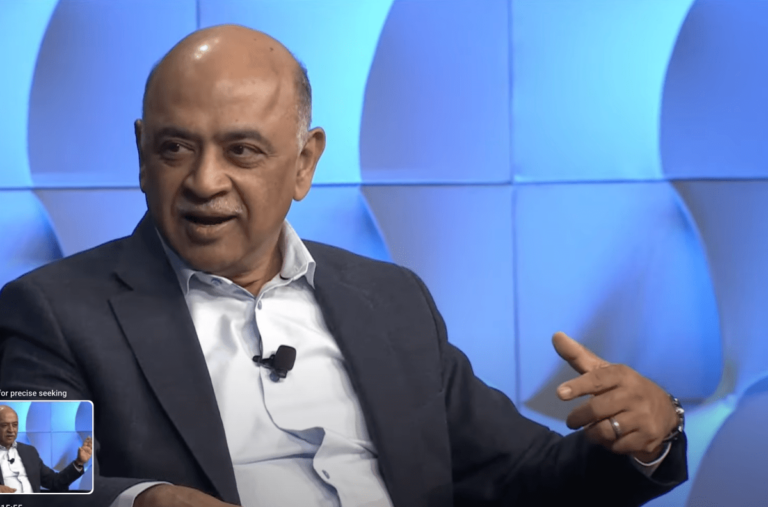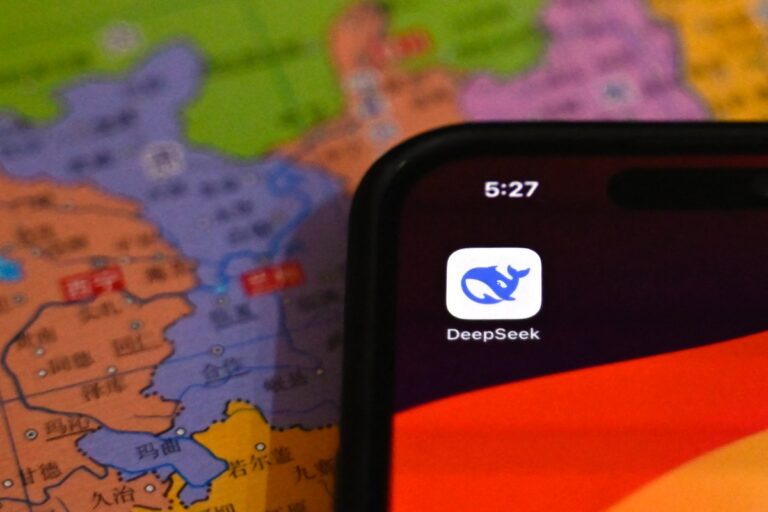The New Yorker Embraces Modernity: A Bold Leap into Contemporary Culture
In a significant move towards modernization, The New Yorker has updated its copyediting guidelines to embrace contemporary language styles, particularly those related to the internet. This change comes decades after the introduction of email and other technological advancements, showcasing the magazine’s evolution in the digital age.
The Evolution of Copyediting at The New Yorker
Since the first email was sent in 1971 during Richard Nixon’s presidency, the world has seen remarkable technological advancements. Yet, The New Yorker, a staple in American journalism, has only recently revised its approach to digital terminology. The magazine now bids farewell to outdated terms like “e-mails” and “in box,” opting for more modern equivalents.
A New Era of Style Guidelines
Andrew Boynton, head of Copy at The New Yorker, revealed that a secret meeting among editors was held in January to discuss potential style changes. This gathering included even former copy editors, emphasizing the importance of evolving language in journalism. Boynton stated:
“It was decided that, while no one wanted to change some of the long-standing ‘quirky’ styles (teen-ager, per cent, etc.), some of [the] newer vintage could go.”
This decision reflects a balance between tradition and modernity, aiming to resonate with both loyal readers and new audiences.
Maintaining Tradition Amid Change
Despite these updates, The New Yorker remains committed to its unique stylistic choices, including the use of the diaeresis. This typographic feature allows the magazine to maintain a distinct identity, using spellings like “coöperative” and “reënergize.”
- Diaeresis: A mark indicating that two adjacent vowels should be pronounced separately.
- Umlaut: A diacritical mark indicating a modification in the pronunciation of a vowel.
Readers can take pride in recognizing the nuances between these marks, a distinction that may only be relevant within the context of The New Yorker.
Unique Style Quirks Across Publications
All publications, including TechCrunch, have their own style quirks. For instance, it was only last year that TechCrunch received the green light to use the Oxford comma, an exciting change that was welcomed by many writers.
As The New Yorker continues to adapt to the digital landscape, its readers can appreciate the blend of tradition and innovation that defines its editorial voice. To learn more about the evolution of language in media, visit The New York Times for insights on modern linguistic trends.







